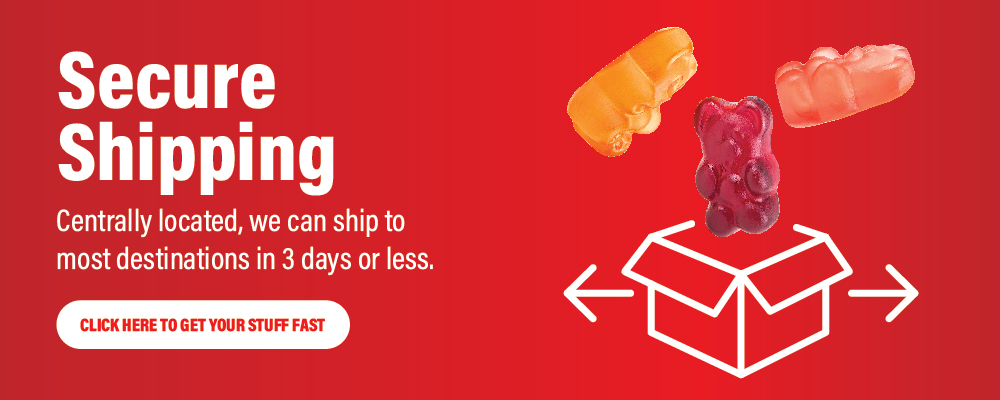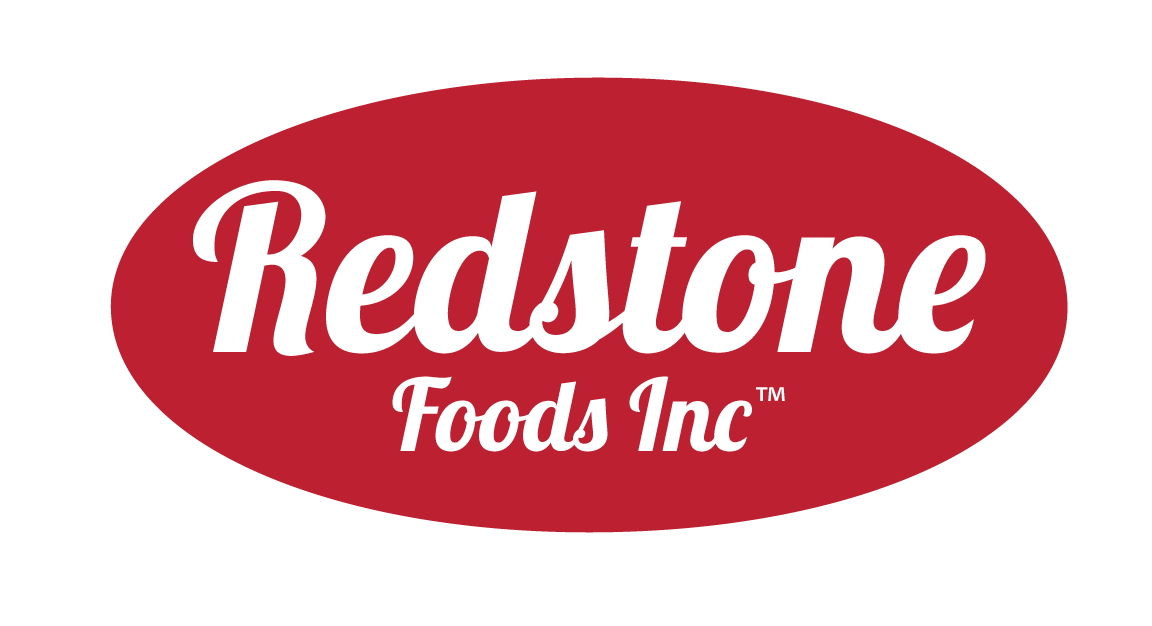7 Ways to Anticipate Your Candy Buy
| BY NEAL ROTHSTEIN

It is a good idea to make smart decisions when you’re opening a candy store business, and we want to help you succeed! One of the most important decisions you’ll continually have to make as a candy shop owner is how much candy to buy and when to purchase your retail products. In this article we’ll discuss some key decisions you’ll need to make as you anticipate your candy buy.
Considerations for purchasing products when you’re opening a candy store.
If you are just opening a candy store, you’ll want to know what types of candies your customers will expect to see in your shop. From bulk candy, chocolate bars, caramels, hard candy, gummies, cotton candy, taffy, chewing gum, specialty candies and perhaps even ice cream – there is a seemingly infinite supply of sweet treats that you can offer to your customers.
If you’re just starting to turn your business idea into a reality, the important thing to remember is that most candy store owners go into business with the intent of making their customers smile. Perhaps it was the first time you saw Willy Wonka and the Chocolate Factory. Or maybe you have fond memories of the old time candy shop your grandparents took you to when you were a kid. Whatever it was that brought you into the candy industry, a large part of your business plan should ultimately be to create happiness in your customer’s lives. Stocking up on their favorite candies is an important step to creating that joy that will keep them coming back.

There are no strict rules regarding what types of candy you should sell, or how to design and implement your business strategy. The only limit here is your imagination. With the global candy industry generating $217 billion dollars in 2020, many candy makers and candy store owners have found their sweet success.
To help ensure your success in the candy business, we have put together this list of 7 ways to anticipate your candy buy.
1. Understand candy shelf-life.
First and foremost, it is important to understand that pretty much all food products have a shelf-life. Candy is no different and you’ll want to make sure your candy is fresh and tasty by the time your customers make their purchase. As a general rule, the softer the candy, the shorter the shelf-life will be. More specifically:
Chocolate: Milk and Dark chocolate generally have a 10-12 month shelf life from production. This can vary based on manufacturing processes and inclusions such as nuts, fruits, toffees, etc.
Caramel: Caramels will last between 3 and 12 months from production, depending on the ingredients and packaging. Hard Candy: Hard candies are generally manufactured with at least 12 months shelf life.
Gummies: Gummy candy has a shelf life of 9-18 months from production, depending on brand.
Chewing Gum: You can expect at least 6 months shelf life on gum, sometimes as much as 2 years from manufacture.
Taffy: Taffy is manufactured with 9-18 months shelf life, when kept in a sealed bag.
2. Ensure you have proper space in your candy shop for product storage.
Storing your products and timing the ordering and delivery dates are crucial to keeping your shelves stocked and your products fresh. Generally speaking for most types of candy, a cool, dark storage place is going to help ensure your products stay fresh for as long as possible.

According to the National Confectioners Association, airtight storage in a cool, dark place will help your products keep their maximum shelf-life. They recommend you use caution when freezing your products. For example, toffee and chocolates can be frozen with little issues, but if the sweet treats have nuts or fruits, freezing might not be the best option.
Moisture mixing can also cause problems. Some candies absorb moisture, like caramels, and hard candies, while others lose moisture, such as fudge or chocolate bars. Mixing different types of products can result in product deterioration, especially if they are not packaged effectively.
At Redstone Foods, we understand these needs and we always ship different products separately. We package our products with ice packs in the summer months at no additional charge, and we include thermal insulated wraps when necessary.
3. Pay attention to seasonal themes in and what’s popular in your community.
When starting a candy store, it is important to know your area. If your store is in a town where a particular sports team is popular, you might want to look into ordering products that match the team’s colors. The same can apply for different seasons, or certain holidays, for example – green M&Ms on Saint Patrick’s Day or red and green ones for Christmas. Some customers may even want specialty candy that will match the color scheme for their special event, such as a wedding.
4. Know what your customers will want and when they want them.

Paying attention to the major holidays is one of the most important calendar items for candy store owners. What you might not realize is that most holiday candy is ordered from wholesale distributors months in advance. For instance Halloween and Christmas products are typically ordered around May or June, while Valentine’s Day items are typically ordered in September through October. It is important to keep all order deadlines in mind and mark them on a calendar or somewhere that you’ll easily be reminded of them.
5. Stay up-to-date on the latest social media trends.
As we have mentioned before, social media sites like YouTube and TikTok are buzzing with different candy trends. From sour candy challenges, to simple unboxing videos, candy-related content has taken the internet by storm. When a product becomes popular due to a viral video, you’ll want to make sure you have enough stock on hand to meet consumer demand.
You can also anticipate demand from popular movies, TV shows and video games with licensed products from those IP's. Take, for instance a new Star Wars or Marvel movie hitting the theatres.
6. If you are a bulk candy store, consider offering gift baskets with curbside pick-up or delivery.

During most of 2020, with the ongoing pandemic, a lot of people got used to the convenience of shopping from home. This was a particularly hard time for many restaurants and retail shops. While the world seems to be regaining a sense of normalcy – with people returning to school or work and actually leaving the house, it is still a good idea to adapt to the times. In 1964, Bob Dylan wrote: “The Times They Are a-Changin’” and nearly 60 years later, they most certainly still are.
7. Contact a sales representative from Redstone Foods.
We’ve been in the candy business since 1966. As such, we have come to understand that customer service is second to none. Happy customers mean repeat sales and a great source for word-of-mouth advertising. Our highly-professional team of sales reps can work with you to help you decide what and how much to buy, based on your store’s individual needs. Contact us today!
1-800-444-3520






